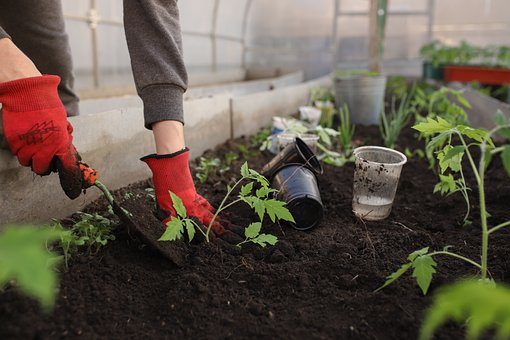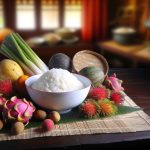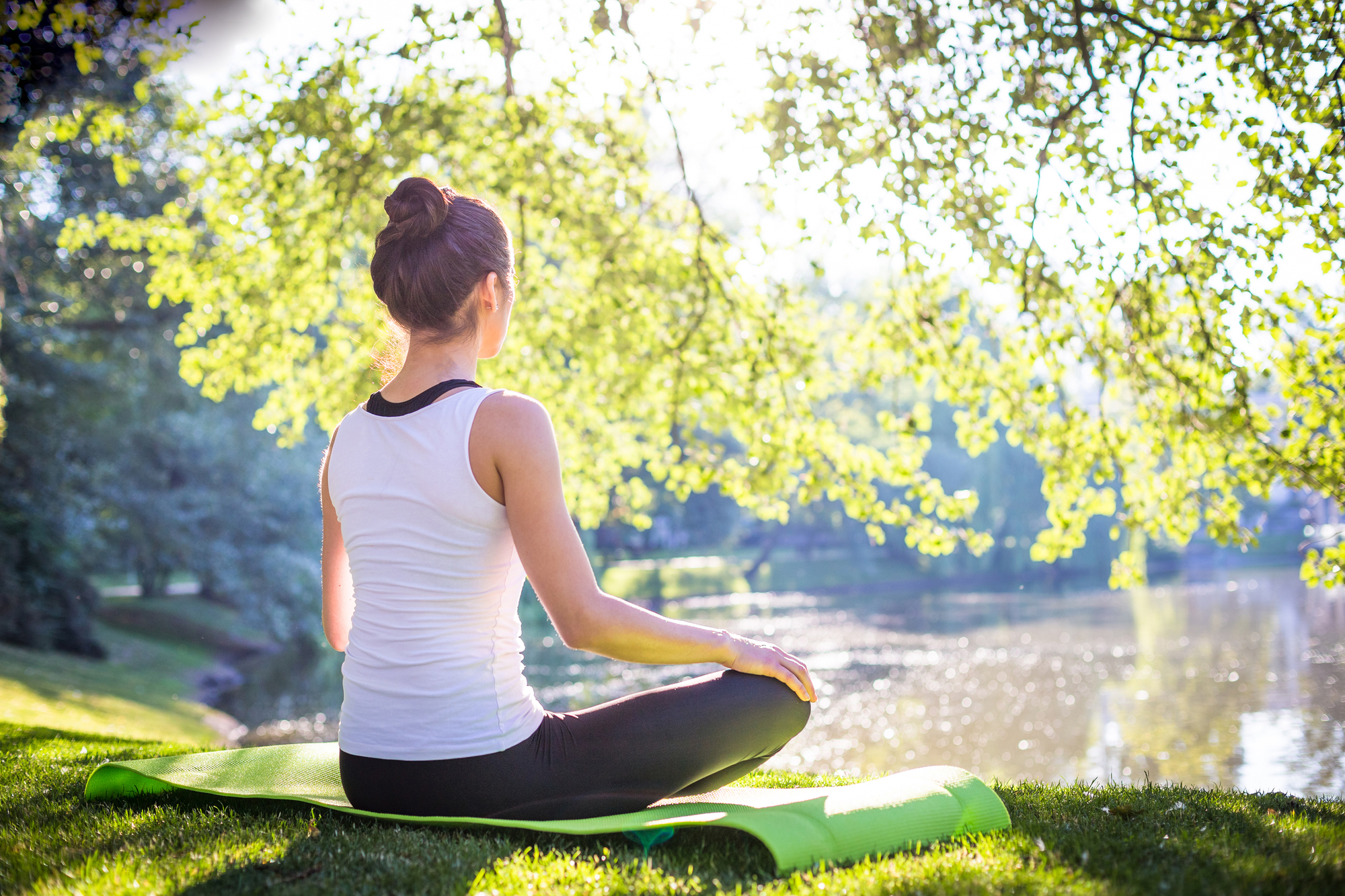Growing your own food, such as fruits, vegetables and herbs, is one of the most rewarding things you can do in your backyard. You get to eat what you have worked for!
The benefits of backyard gardening are plentiful. Tending to your plants can be relaxing for those with a green thumb, while beginners may feel closer to the environment and their food as they get their hands dirty.
You’re improving your therapeutic skills, getting more vitamin D, and making the most of your home’s outdoor space.
You will have a lot of fresh produce to eat when you grow your own food. If you have a lot of food from your garden, you will spend less money on groceries and be able to make fresh and healthy meals.
No matter what type of space you have available to you, you can start gardening with this guide.
You will soon have fresh food from your backyard that is better than any you have ever had.
1. Find the Perfect Spot
No matter how big or small, your outdoor space should be designed and planned in a way that compliments your home’s interior and style. Spend some time envisioning your garden and planning where you will plant different crops.
Across the board, for your garden to thrive, your plants will need:
Sunshine
Most plants need at least six to eight hours of direct sunlight every day to stay healthy. Places that are constantly shaded are not the ideal locations for gardens as plants generally do better in areas with more heat and sunlight.
Crops like Swiss chard, salad leaves and kale do better when they are sheltered by taller crops or in the shade. A sunny spot is the best place for your garden.
Access to Water
If you have found a sunny spot in your backyard, you should now check to see if your garden is close to a water source.
You need to water your crops regularly to keep them healthy, hydrated, and growing. Make this a convenient step.
You should pick a location that you can see from your home, especially your kitchen. As you’re preparing meals or tidying up, you can take a quick glance out the window to see if there’s anything you need to do in the garden, like checking for pests or bad weather, or even just to grab a handful of herbs for cooking.
The Right Soil
Soil completes the trifecta for your garden’s basic needs. You want soil that is rich in organic nutrients, and you can get this from compost. You are also looking for space to create raised beds.
A garden bed that is raised six inches off the ground is easier to take care of because the soil is higher than the ground level. It will also ensure that your plants are not in waterlogged soil.
A raised bed creates a barrier between your backyard and the rest of your yard, which is good if you have kids who play in the yard. If you raise your bed off the ground, it will heat up faster and you can sow your seeds earlier. The average gardener will set up a perimeter around the garden.
2. Determine The Size Of Your Garden
If you have a large yard you can plant to your hearts content. But if your space is limited you are going to need to be strategic. People who live in apartments or small houses can still grow plants indoors, on a windowsill, balcony, or in hanging crates.
Growing Your Own Food on a Windowsill
If you do not have access to a balcony or patio and live in an apartment or condo, you can grow herbs on a sunny windowsill. All you need is:
- a pot with good drainage
- a tray to catch water
- quality soil specifically for containers
- some herbs to transplant
Choose a container for your herbs that will fit their mature size and a windowsill that gets at least 4 hours of direct sunlight. 6 hours is even better.
A container that is 6 inches deep is recommended for healthy roots. There are also small hydroponic garden kits that come with grow lights and a growing medium if you do not have enough light in your space or a good window.
It is important to water at the soil level and feed as suggested on the food package when growing in containers.
You can also grow microgreens or sprouts. You can grow microgreens in any food-safe container and with either quality soil or mats that are made specifically for growing microgreens.
Growing Your Own Food on a Balcony or Patio
A patio or balcony with the right amount of sunlight can be used to grow many varieties of fruits, vegetables, and herbs. Sunlight will determine what you can grow.
If your garden doesn’t get much direct sunlight, try growing leafy greens and herbs. They only need 4-6 hours of sunlight a day.
If you provide your plants with at least six hours of sunlight each day, they will be able to grow roots and fruits. There are many different types of containers available. You have many options to chose from when it comes to ceramic pots. You can pick different colors and sizes to find the perfect one for you.
Grow bags are a good option when you are looking for something that can be stored easily when you are not using it. Great sizes for growing on a patio or balcony.
You should plant leafy greens six inches deep, veggies like carrots sixteen inches deep, and tomatoes or other large plants twenty-four inches deep.
When choosing plants or seeds, look for varieties that were bred specifically for being compact or for patios. There are many, many options to try.
Garden Maintenance
All gardens, no matter the size, require care and work. Determine how much time and effort you want to spend before spending money and time planting and prepping your garden.
If you want to determine how many calories you will burn gardening, use this easy calories burned calculator!
3. Decide What You Want to Grow
After separating the area for your garden, sit down with your family and discuss what kinds of plants you want to grow. Which would your family rather have – plump tomatoes, ruby red raspberries, or crunchy cucumbers?
If you live in a rural community, you can focus on crops that are not grown locally or that are not common in home gardens.
If you want to grow vegetables that will mature quickly, try planting salad leaves such as arugula, lettuce, and baby spinach. These crops are easy to grow and can typically be harvested within a few weeks of planting the seeds.
To have fresh greens to trim and eat from your garden, simply plant your seeds and water them. Your garden will need some TLC for a month before the leaves are ready to be harvested. Other easy to grow crops include baby carrots, tomatoes, radishes, and cucumbers.
You will get the most food per square meter from your garden if you grow potatoes, runner beans, and tomatoes. Tomatoes, peas and beans need vertical support because they grow up.
Be sure to take into account which vegetables your family eats the most when deciding what to grow. You won’t have any satisfaction growing eggplants or zucchini if no one in the house likes them.
If you’re starting with a small number of plants, choose vegetables are ready to pick at different times, such as beans, tomatoes, and lettuce. This will give you a longer period of time during which you can harvest fresh food.
A garden is easier to maintain if you have a few varieties of plants rather than many types of plants.
Choose three to five plants that you would like to grow and head over to the garden center to read the plant labels.
4. Get to Planting
You can grow your vegetables, fruits, and herbs from seeds or from already-grown shrubs.
If your new to gardening it might be easier to get already growing plants from your nursery or garden center. It can also speed up harvest times because theses plants are further ahead in the growing process. Starting with existing plants will cost more than buying seeds.
Some gardeners start with seeds that they grow indoors during the winter. Once the weather gets warmer, they transfer their small plants to their outdoor gardens. Here are some key factors to keep in mind while you’re planting:
- Don’t stress or overheat your plants on moving day: water your plants in their pots before planting and try not to plant them on a blistering hot day, or leave them in the sun in their pots in case their roots dry out
- If the plants’ roots are densely packed, try to tease them apart so they have the opportunity to stretch out and grow further in the soil
- Your plants should be transplanted as deep as they were in their pots. If you’re working with seeds, use a garden cane or a shovel to make shallow lines in the soil, sprinkle your seeds across the line and then top them off with soil so they’re covered.
Label your plants so you know what they are if they are in the early stages. The labels that come with an item can be helpful in understanding how to best take care of that item.
Some gardeners document the progress of their plants by keeping a garden journal or photo journal. This includes documenting how their plants are growing, when flowers bloom, and how successful the harvest was.
Keep the seeds from your favorite fruits and vegetables to replant next year. You can keep some of the seeds to share with others.
5. Planting Tips
You can create a productive garden by knowing what to plant each season, as well as the plant size and space requirements.
Each plant family has similar water, season, space, and nutrient needs for optimal growth. Some plants need to be direct sowed, while others can do well as a transplant. The cool season consists of temperatures that are lower than the average 65°F (18.3°C). Some cool-season plant families include:
- Brassicaceae (arugula, broccoli, kale, cabbage, etc.)
- Apiaceae (carrots, celery, cilantro, dill, fennel, etc.)
- Fabaceae (peas and beans)
The warm season is when the temperature is 65°F to 85°F (18.3°C to 29.4°C). Some warm-season plants families include:
- Solanaceae (tomatoes, peppers, potatoes, eggplant, etc.)
- Cucurbitaceae (cucumber, watermelon, summer and winter squash, etc.)
- Lamiaceae (basil, sage, rosemary, oregano, etc.)
The hot season is temperatures between 70°F to over 90°F (21°C to over 32°C). Hot season plant families include:
- Convolvulaceae (sweet potato)
- Gramineae (lemon grass, corn, millet)
Sow seeds at a depth that is two to three times their width. I highly suggest looking into intensive planting and square foot gardening to find the best way to space your plants.
The spacing recommendations on seed packets are usually meant for farmers who are using industrial machines. When you grow plants closer together, you can fit more of them into a smaller space. This is called square foot or intensive planting.
In intensive planting, more plants are grown more closely together in a smaller space. In intensive planting, rather than planting in exact squares like in square foot gardening, plants are grown more closely together in a smaller space.
Whatever way you plant, you need to harvest often, taking no more than 1/3 of each plant. Succession planting is key to having a continual harvest.
This ensures a constant supply of fresh produce. If you want a constant supply of fresh produce, you should space out your seed sowings by 2-3 weeks. This will prevent you from having any one crop coming to maturity all at the same time.
You can keep doing this throughout the season until you get to a point where there isn’t enough time for the plant to mature before the first fall frost. (If they are not frost-tolerant.)
To determine when to plant your seeds, look at the seed packet to find the number of days to maturity. Count back from your first frost date to determine when to plant. It is quite easy to search online for your local frost dates.
Benefits of Growing Your Own Food
1. Reduces Food Waste
Home gardens can help reduce food waste because you are more likely to eat what you grow yourself. By growing your own food, you can avoid wasting perfectly good produce simply because it doesn’t look presentable.
Only harvesting what you need ensures that nothing will go bad in your fridge or on the counter.
2. More Nutrients
Healthier soil leads to healthier fruits, vegetables, and herbs. After food is harvested, it begins to lose nutrients. The majority of produce found in grocery stores is picked days or even weeks in advance, and typically transported from distant farms.
3. Great Taste
Seasonal, just-harvested food tastes fresh and delicious! If you let them help with growing their food or let them sample it fresh from the garden, you might be surprised by what selective eaters will eat.
4. Save Money
You can save money at the grocery store by growing your own food. Although there is an initial investment when you buy seeds, soil, and other materials you need to start gardening, you will probably end up going to the grocery store less often once you get used to it.
5. Exercise and Vitamin D
If you want to stay active and get fresh air and Vitamin D, consider growing your own food, especially if you have access to outdoor spaces. Just be sure to practice safe sun protection.
6. Improved Mental Health
There are many mental health benefits to being in nature and around plants, such as lower stress levels, reduced feelings of isolation, and improved cognition. Gardening is a great way to get these benefits, especially if you use a community garden.
If you want to grow your own food, it’s helpful to know the basics of what plants need. Let’s get growing!
READ MORE: Gardening: Growing Your Own Food Has Health Benefits









